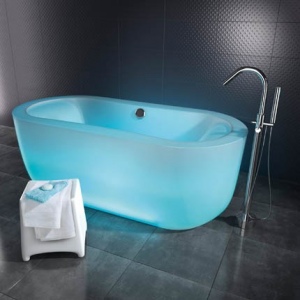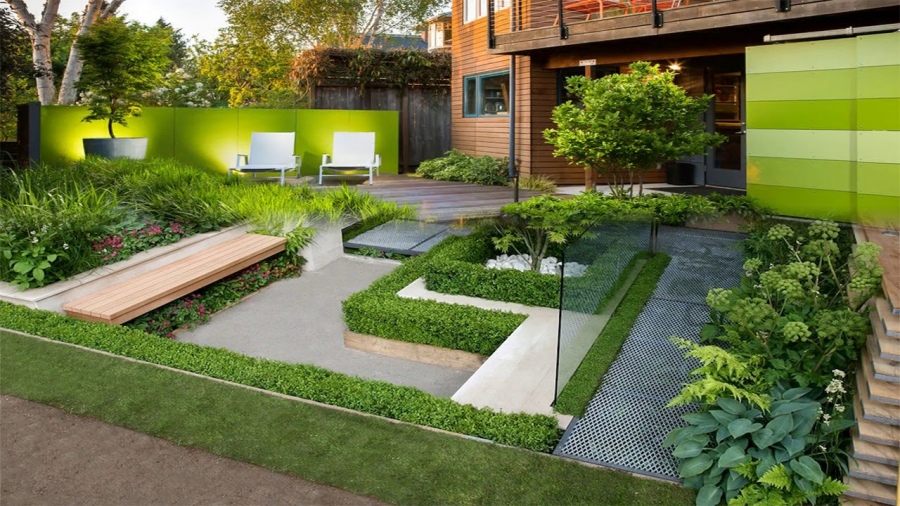Let’s say that Goldilocks was decorating your home. Each element of the transitional style would meet all of her checkboxes. It is not too cold, not too hot, and not too fussy. The transitional style of interior decorating offers warmth and comfort, but it also maintains the clean, simple lines and understated color palettes that characterize the contemporary style. The transitional style of decorating is all about compromise, but its guaranteed to never leave you with a look that is middle of the road.
Monochromatic Color Palettes
Those who fall into the color junkie camp are not going to be huge fans of the transitional style. Neutral color palettes, in hues of tan, taupe, gray, chocolate brown, cream, and ivory, tend to rule the roost here. If patterns are used at all in the color palette, they should be understated. Floral and Pucci inspired prints are not looked upon too fondly by transitional enthusiasts.
For those who simply cannot live without color, their jolts of color should be limited to a few well-chosen and strategically placed accessories. For example, a saturated, understated hue of coral might be repeated throughout the space in a rug, a pair of lamps, or several throw pillows. Most transitional color palettes tend to be monochromatic, but it is the use of different tones of the same color that prevents the look from becoming boring.
Straightforward Silhouettes
The furniture used in the transitional style of decorating features clean and simple lines, straightforward silhouettes, and crisp profiles. You aren’t going to find any furniture with Baroque finishes among this lot. The contrasting rigid lines and gentle curves of the furniture interplay with one another, creating the energy that is demanded by this style. Do not think that older furniture styles must be discarded and forgotten. Updated versions, such as modernized wing chairs or a bergere that has been pared down, are ideal choices. The scale of the furniture that you use should be large enough that the seating feels comforting and inviting. The goal is to make your guests feel comfortable enough to settle in without a second thought.
Neutral Flooring Choices
Flooring, in the transitional style of home decorating, assumes a background role. Color is more important than the material used. Ideally, the flooring should be made of natural materials, like stone, tile, and wood. The key is to select flooring materials that offer restrained color palette. The primary advantage of flooring in the transitional style of interior decorating is that it offers a considerable amount of leeway in combining different floor surfaces throughout your home.
Textural Finishes
Because color cannot be relied upon to jazz up a transitional room, texture becomes the key player here. The blending of shiny and matte finishes, woven fabrics, and natural fibers are blended and layered together to give a room its depth and visual appeal. Textures that you may want to consider incorporating into your transitional room include rattan, burlap, leather, and chenille. It is important for you to ensure that you don’t go overboard with this element, or you are going to risk losing the sense of elegance that this style is characterized by.
The transitional style is effortlessly beautiful and elegant. With these tips in mind, you will be able to create a beautiful décor scheme that is both timeless and classic. Tell us. What is your personal interpretation of the transitional style?
Polly Godwin is the owner of KineticFountains.com, a company specializing in indoor water walls, outdoor water fountains and more.
Defining Transitional Style Of Decorating & How It Should Be Used In Your Home





